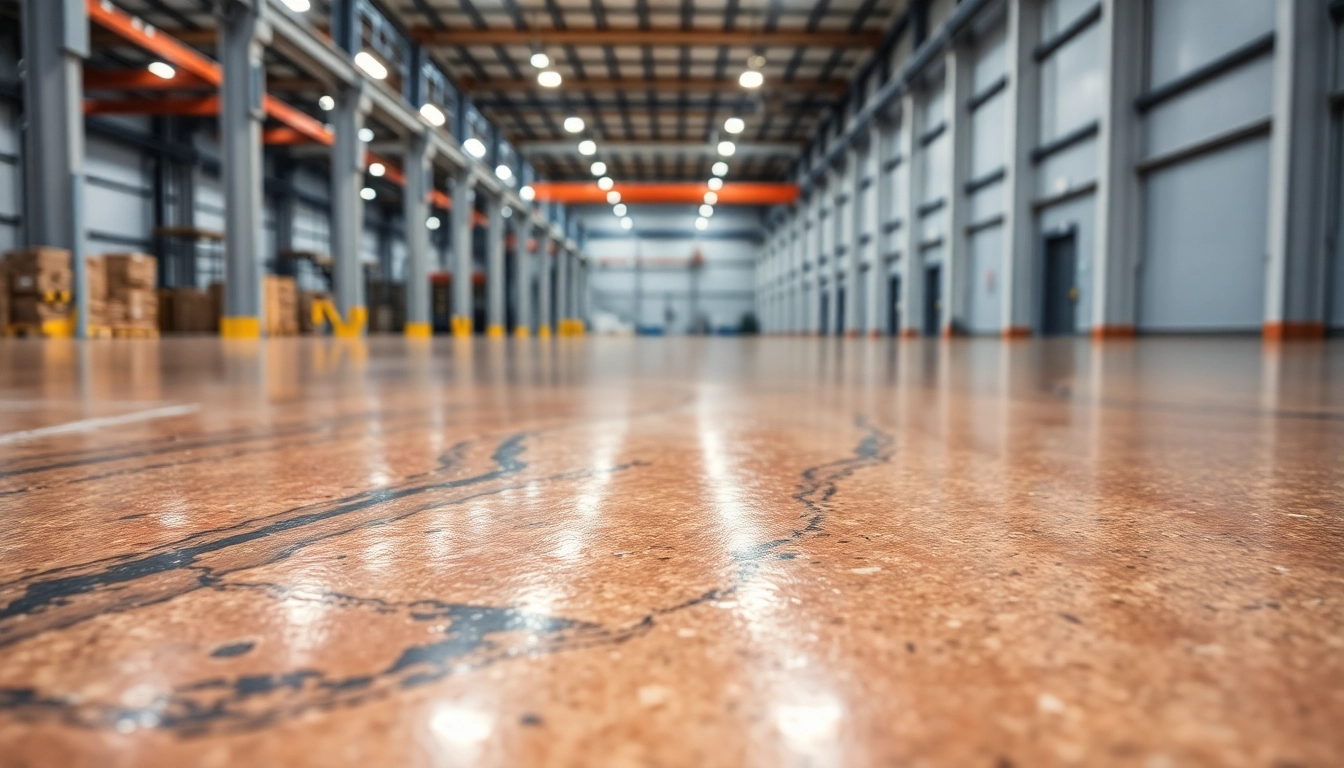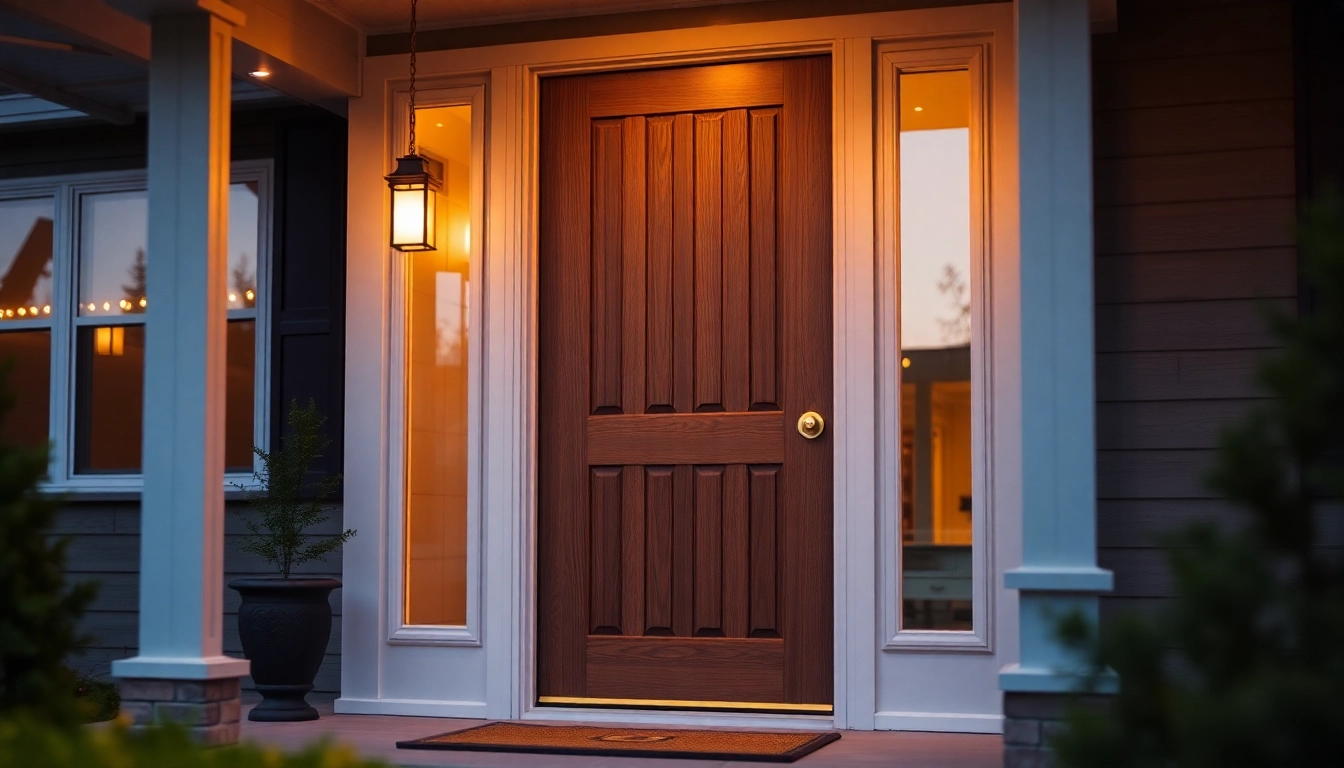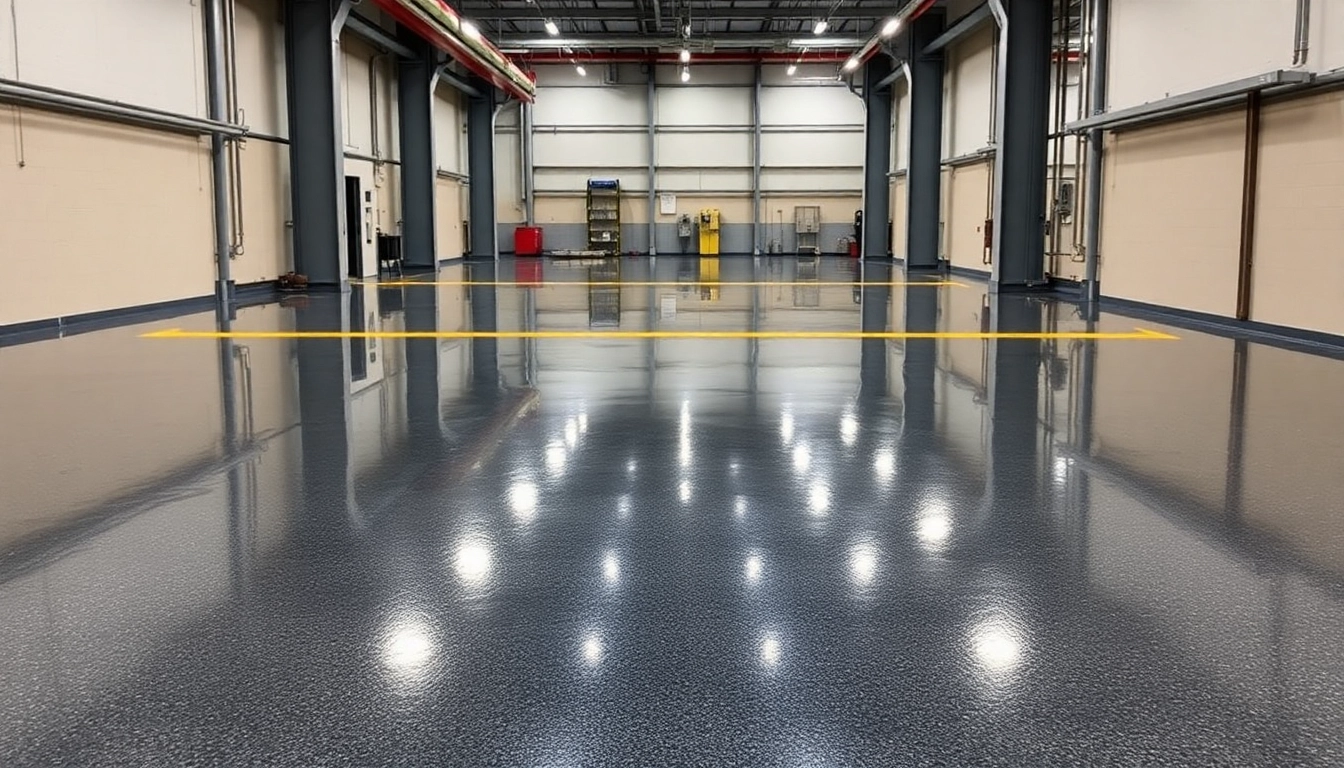Understanding Epoxy Resin Floors: Composition and Benefits
Epoxy resin floors have become a popular choice for commercial, industrial, and residential spaces due to their exceptional durability, aesthetics, and functionality. These floors are composed of epoxy polymers, which are thermosetting resins formed through a chemical reaction between epoxy monomers and hardeners. When cured, they create a seamless, high-strength surface capable of withstanding heavy loads, chemical spills, and daily wear and tear.
Unlike traditional flooring options like tiles or concrete, epoxy resin floors offer unparalleled adhesion, flexibility, and resistance to impact, abrasion, and moisture. This makes them ideal for environments such as warehouses, garages, hospitals, and even stylish retail spaces. The ability to customize epoxy surfaces with colors, patterns, and textures further enhances their appeal, allowing designers and property owners to create bespoke flooring solutions.
To explore more about epoxies and their potential, visit Epoxy resin floor. Understanding the composition and inherent benefits of epoxy flooring is crucial for making informed decisions for renovation or new construction projects.
Advantages over Traditional Flooring Options
When compared to conventional flooring materials, epoxy resin floors provide numerous advantages:
- Exceptional Durability: Epoxy floors easily handle heavy machinery, foot traffic, and chemical exposure without cracking or deteriorating.
- Seamless Surface: Unlike tiles or mats, epoxy creates a continuous surface that minimizes dirt accumulation and simplifies cleaning.
- Chemical and Stain Resistance: Epoxy’s chemically resistant surface prevents stains from oils, acids, and other harsh substances.
- Fast Installation and Curing: Modern epoxy systems cure quickly, reducing downtime during renovation projects.
- Design Flexibility: A wide spectrum of colors, finishes, and decorative techniques allow for custom aesthetic effects.
- Cost-Effectiveness: Given their longevity and low maintenance requirements, epoxy floors often reduce long-term costs.
Common Applications and Industries Served
The versatility of epoxy resin floors makes them suitable across numerous sectors:
- Industrial Facilities: Warehouses, factories, and manufacturing plants benefit from impact-resistant, chemical-proof surfaces.
- Commercial Spaces: Showrooms, airports, and shopping centers use epoxy for aesthetic appeal combined with durability.
- Residential Garages and Basements: Epoxy transforms utilitarian areas into stylish, easy-to-maintain surfaces.
- Healthcare and Laboratories: Hygiene and chemical resistance are critical, making epoxy an ideal choice.
- Educational and Sports Facilities: Schools, gyms, and recreational halls require resilient flooring capable of withstanding intense use.
Preparing Your Space for Epoxy Resin Floor Application
Surface Assessment and Cleaning Techniques
Proper surface assessment is the cornerstone of a successful epoxy installation. Start by inspecting the existing surface for cracks, moisture intrusion, oil stains, or loose debris. All contaminants must be thoroughly removed to ensure optimal adhesion. Cleaning involves sweeping, vacuuming, and degreasing with specialized cleaners when necessary. For heavily contaminated surfaces, power washing or shot blasting may be required to eliminate stubborn residues and create a rough, keyed surface.
Proper Substrate Preparation for Optimal Adhesion
The substrate must be structurally sound, dry, and free from dust or loose particles. Concrete floors should be acid-etched or mechanically profiled to increase surface roughness, promoting better grip for the epoxy coating. Moisture mitigation is crucial; elevated moisture levels can cause delamination or blisters. Applying moisture meters and vapor barriers can prevent future issues. If any cracks or damages exist, they should be repaired with filler or patching compounds compatible with epoxy systems.
Tools and Materials Needed for Preparation
Essential tools include a concrete grinder or shot blaster, push brooms, vacuum cleaners, degreasing agents, protective gear, and trowels. Materials involve epoxy primers, bonding agents, patching compounds, and sealers. Ensuring all equipment is clean and in good condition will facilitate a smoother application process and better end results.
Step-by-Step Guide to Installing an Epoxy Resin Floor
Mixing and Pouring Epoxy Resin Correctly
Accurate mixing of epoxy components is vital. Measure the resin and hardener precisely according to manufacturer instructions. Use a drill with a mixing paddle or a mechanical stirrer to blend the components thoroughly, typically for 3-5 minutes, until the mixture is free of streaks. Proper mixing ensures a uniform cure and optimal performance. Once mixed, pour the epoxy onto the prepared surface, starting from one corner, and spread using a notched squeegee or roller.
Techniques for Even Application and Self-Leveling
To achieve a smooth, self-leveling finish, use a notched squeegee to spread the epoxy evenly, then backroll with a core roller to remove air bubbles and enhance bonding. For large areas, employing a spiked roller helps release trapped air and prevents bubbles from ruining the surface. Maintaining a consistent thickness, usually around 2-3mm, guarantees a durable, aesthetically pleasing finish. For decorative finishes like metallic or marble effects, apply additional layers or pigment mixes according to design specifications.
Drying Times, Curing Process, and Troubleshooting
The curing process generally takes 24-72 hours, depending on environmental conditions such as temperature and humidity. Adequate ventilation accelerates curing, while low temperatures may prolong it. Avoid heavy traffic or placing objects on the floor until full cure is achieved. Common issues include bubbles, cloudiness, or unevenness, often remedied by proper mixing, environment control, or applying a thin topcoat. Consulting product technical datasheets can offer guidance tailored to specific epoxy formulations.
Design Ideas and Customization of Epoxy Resin Floors
Color Options and Additive Integrations
Epoxy flooring offers vast customization potential. Solid pigments can be mixed into epoxy for vibrant, consistent colors. Metallic powders produce stunning, reflective surfaces mimicking marble or liquid metal effects. Additionally, integrating quartz or flake additives creates textured finishes with slip resistance and visual depth, perfect for commercial or industrial spaces requiring both safety and style.
Effects like Marble or Metallic Finishes
Achieving marble or metallic effects involves layering and blending different epoxy shades, then manipulating the surface with tools like brushes, trowels, or air blowers. For a high-end look, metallic epoxies can be sprayed or troweled into patterns, finished with a clear topcoat that enhances reflectivity. These decorative finishes elevate standard floors into statement features, suitable for showrooms or luxury interiors.
Creating Textured or Slip-Resistant Surfaces
Incorporate additives like silica or rubber to increase slip resistance, especially in wet or high-traffic areas. Textured coatings can be achieved through brushed or stamped techniques during curing. Properly designed slip-resistant floors comply with safety standards and prevent accidents while maintaining aesthetic appeal.
Maintaining and Extending the Life of Your Epoxy Resin Floor
Routine Cleaning and Minor Repairs
Maintenance involves regular sweeping and damp mopping with pH-neutral cleaners to preserve gloss and prevent dirt buildup. Address minor scratches or chips promptly with compatible patching compounds or epoxy touch-up kits. Using soft tools avoids scratching the surface, prolonging the floor’s integrity.
Preventing Damage from Heavy Loads and Chemicals
Placing protective mats under heavy equipment or trucks minimizes indentation and abrasion. Chemical spills should be cleaned immediately to prevent staining or corrosion. Applying a sealant or topcoat periodically adds an extra layer of resistance, especially in environments with frequent chemical exposure.
When and How to Reseal or Recoat
Over years of use, epoxy floors may show signs of wear such as dullness or microcracking. Resealing involves cleaning the surface thoroughly and applying a fresh coat of epoxy or compatible sealant. Follow manufacturer instructions regarding thickness and curing to restore appearance and durability effectively.



